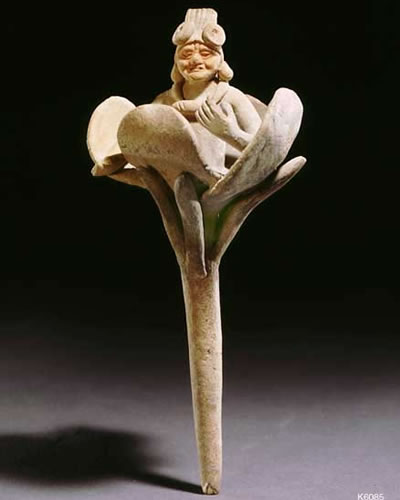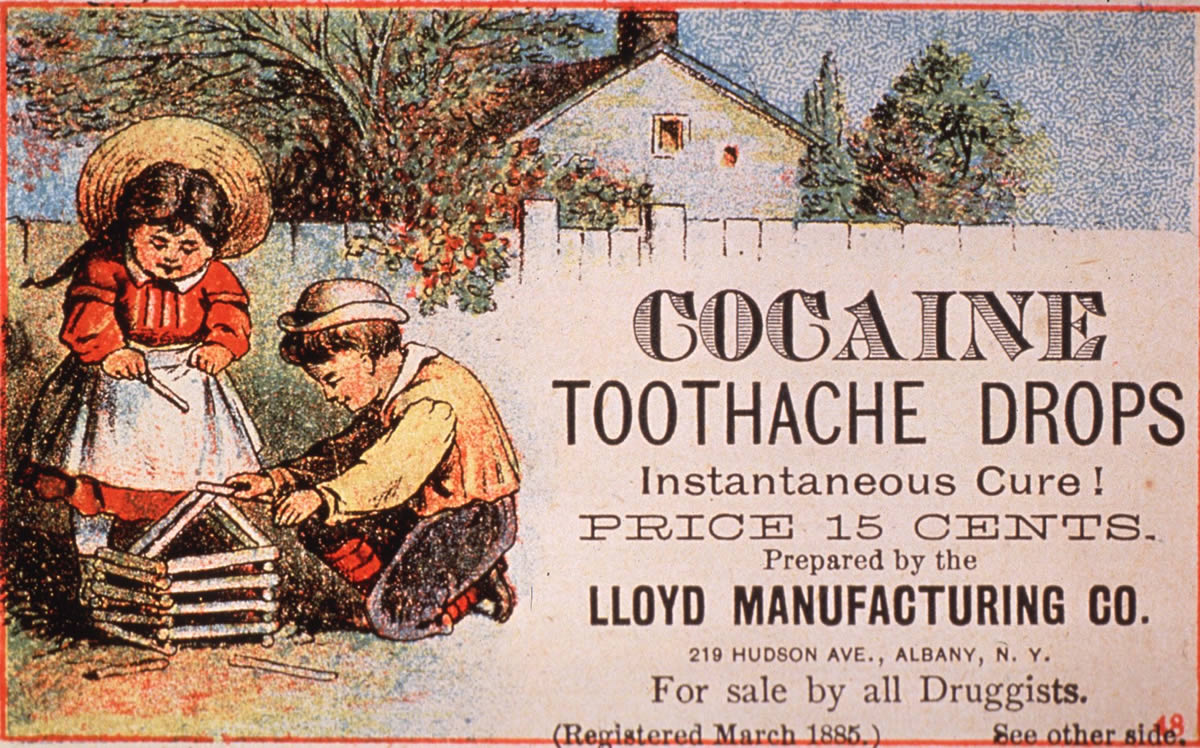Plants of Mind and Spirit

For most of their time on earth, human beings have lived their lives deeply interconnected with their environment, with no separation between themselves and nature. A deep understanding of nature was fundamental to people’s survival and well-being. Plants provided people with their basic support systems on earth, from food, clothing, and shelter to the very breath of life. Perhaps the most potent gift of the plant world to humans has been the discovery and utilization of psychoactive plants.
The use of plants that affect the human mind dates back thousands of years to the earliest organization of human society into tribes, clans, sects, and other cultural assemblages. Over the millennia, people discovered, used, and shared ever-increasing knowledge of psychoactive plants and fungi and their effects to the human body, mind, and spirit. People found that the plant world offered not only food, clothing and shelter, but also curatives, pain relievers, sedatives, stimulants, and mind-altering entry into other mental states of being and understanding.
 An 1850 Lithograph of Medicinal plants illustrating plants with powerful compounds. The upper right hand corner is decorated with Datura, hellbore, belladonna and other psychoactive members of the Solanaceae. Toxic fungi can be seen on the top center of the illustration and the surrounding borders illustrate various medicinal plants and their uses. The center image shows Socrates accepting a cup of Poison hemlock as his death sentence. Photo: National Library of Medicine.
An 1850 Lithograph of Medicinal plants illustrating plants with powerful compounds. The upper right hand corner is decorated with Datura, hellbore, belladonna and other psychoactive members of the Solanaceae. Toxic fungi can be seen on the top center of the illustration and the surrounding borders illustrate various medicinal plants and their uses. The center image shows Socrates accepting a cup of Poison hemlock as his death sentence. Photo: National Library of Medicine.
Psychoactive plants, particularly those that alter perception were and continue to be considered sacred in many societies. They are often referred to as plants of the gods, plant teachers, or magical and healing plants. These plants are sacred because they allow the living to contact and commune with gods (entheogens) or drive out evil spirits. Many cultures believe these plants to be sacred because of the spirits that dwell within the plants themselves. Religious and spiritual leaders use these plants, their compounds and mixtures to bring balance to the physical and spiritual world, heal mind and body, and provide for spiritual awakening.
“Plants have long been primary teachers for those who travel deep into the heart of the world, for those who seek the soul teaching that only the wild can bring.”
~Stephen Harrod Buhner
 Early advertisements of powerful psychoactive drugs were the norm in the 19th and early 20th century. Cocaine was commonly used as a pain killer and mood enhancer. The Coca-Cola ad extols the product made from the coca plant and kola nut as a “valuable brain tonic.” Photos: National Library of Medicine.
Early advertisements of powerful psychoactive drugs were the norm in the 19th and early 20th century. Cocaine was commonly used as a pain killer and mood enhancer. The Coca-Cola ad extols the product made from the coca plant and kola nut as a “valuable brain tonic.” Photos: National Library of Medicine.
 Chippewa Medicine Man adorned with plants of ritual and spiritual meaning. Photo: First People.
Chippewa Medicine Man adorned with plants of ritual and spiritual meaning. Photo: First People.




